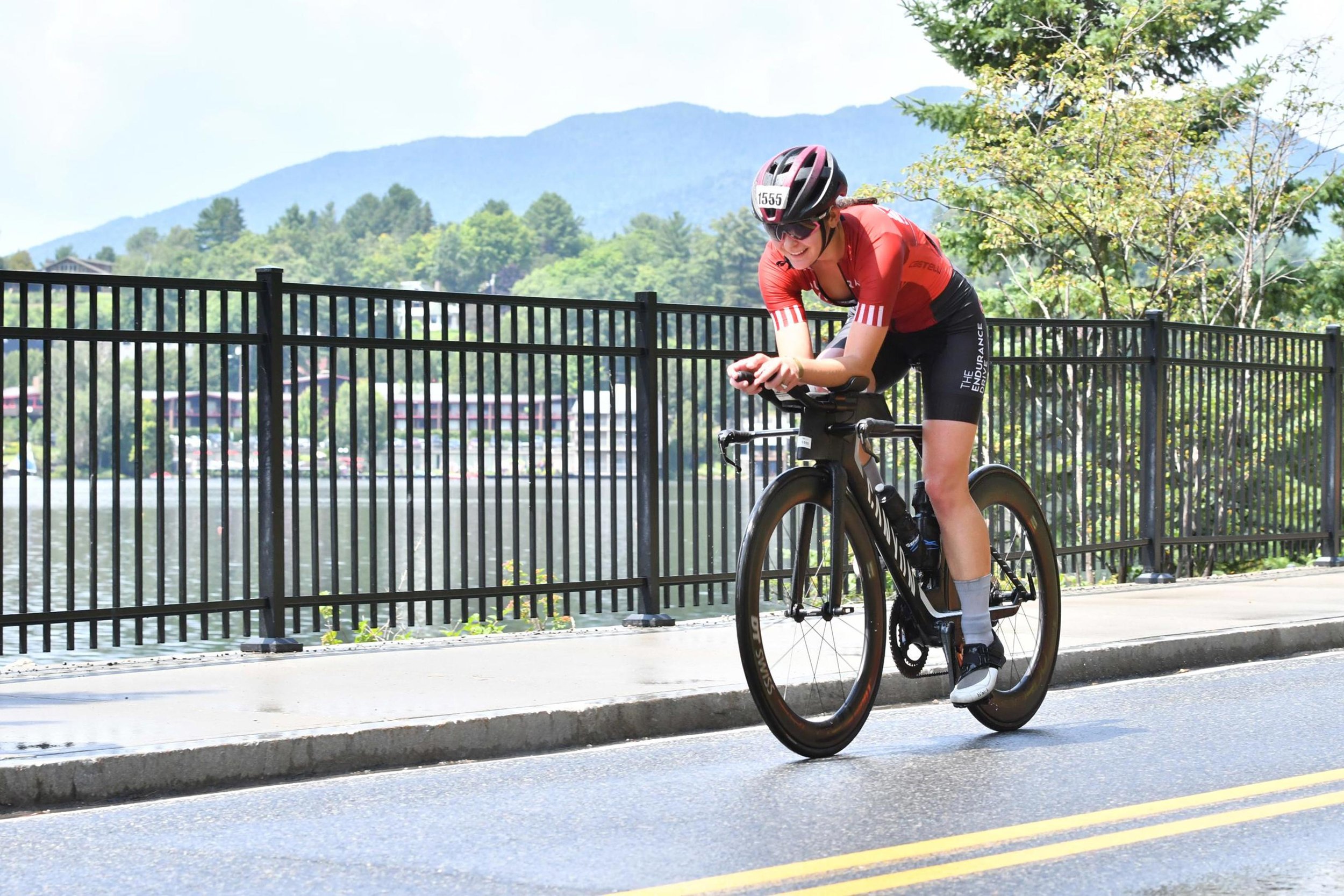In the second installment of our three-part series on female endurance athletes, I’d like to talk about something that all athletes like to pretend doesn’t exist until it stops them in their tracks: injury. While sports injuries are absolutely not a women-only problem, there are certain aspects of female physiology that make us more prone to imbalances that, when ignored, can lead to ACL tears, IT band syndrome, patellofemoral syndrome, and more.
How do women differ from men in our propensity to certain sports injuries? For starters, women’s muscle stretch reflex changes over the course of the menstrual cycle, which means that our connective tissues are less flexible at certain hormone levels than others. Second, because we are evolutionarily designed to bear children, women’s hips are naturally wider than men’s, which means that we are more likely to run with a knock-kneed gait and excessively overpronate. Third, women are anatomically smaller than men, which means that our joints and muscles are more compact and can create excessive friction when they rub together during activity. Finally, because inadequate estrogen due to menstrual cycle imbalances is a common problem among female athletes, low bone density tends to be more common among women than men, and this leads to a higher instance of stress fractures (see Part 1 in this series for more details on how to reduce the occurrence of stress fractures in female athletes).
Does all of this mean that we should give up on participating in sports? Of course not! But as women, we need to take extra care to make sure that we work on core strength development and mobility work that can counteract the anatomical traits that may be working against us. Here is a list of things you can do to help prevent some of the most common injuries in female endurance athletes:
Strengthen your hips! The most important thing you can do to offset lower body injuries is to strengthen your hips. In particular, the gluteus medius is a muscle that is notoriously known for being neglected in runners and triathletes because it primarily helps with side-to-side and rotational motion, and running, cycling, and swimming are front-to-back motions. A weak gluteus medius can lead to a whole host of hip and knee injuries because the motions that the gluteus medius supports radiate all the way down each leg. I recommend purchasing a set of resistance bands and using them to do monster walks, single-leg squat balances, and clam shells for 15-20 minutes at least 2-3 times a week, preferably before running or cycling. Check out this video for a whole bunch of different exercises that you can incorporate into your weekly routine. Remember that all athletes should also be following a more formal weighted strength program like this one that strengthens muscles besides the gluteus medius for optimal injury prevention.
Warm up and cool down -- dynamically! Another habit you should try to develop is properly warming up and cooling down from exercise. Since women’s connective tissues vary in flexibility as our hormones fluctuate, warming up and cooling down can help us make sure that our muscles respond appropriately to changes in speed and effort over the course of our workout. I like to incorporate plyometric exercises like high knees, butt kicks, skipping, and lunges into my warm-up routine, especially when I’m doing high-intensity speedwork. For cool down, I’ll either swim, spin, or walk/jog at a very easy effort level until my heart rate comes back down and the lactic acid starts to flush out of my leg muscles. If you’re short on time, it’s better to cut down on your main set than to skip your warm up and cool down, and just 5-10 minutes on either end can make a really big difference for injury prevention.
Develop your form! Since women’s naturally wider hips can cause gait imbalances when we run (and even when we cycle), it’s important to actively work on improving your form. You should watch yourself run on a treadmill in front of a mirror and check to make sure that your knees aren’t touching or collapsing into each other when each foot lands. Imagine that your feet are landing on train tracks with two parallel rails rather than on a monorail. It can also help to actively pump your arms to the front and back along those same imaginary rails, in line with how your legs should be moving. Another way to work on your run form is to incorporate some speedwork into your fitness program. On long, slow runs, it’s easy to fall into bad habits that can lead to overuse injuries, but speedwork can force you to use different muscles and change the way your body moves. Even adding some 20-30 second fast-paced pick-ups to your long runs can help break bad habits. Here is a video with more details on proper running form and how to use it to improve your runs.
Fuel up! Finally, nutrition can play a large role in injury prevention. In particular, female athletes need to make sure that they are not deficient in calcium and protein. Calcium helps us build strong bones, which is especially important for women who have experienced hypothalamic amenorrhea in the past and who are at an increased risk of low bone density, osteoporosis, and stress fractures. Eating calcium-rich dairy products and/or taking calcium supplements can help you make sure that you’re getting the recommended 1,000 - 1,500 mg per day. Protein is also crucial because it helps our muscles rebuild and recover after intense exercise. Aim to get in 15-20 grams of protein after finishing your workout to kickstart recovery and help prevent muscular injuries and strains. I’m a big fan of Evolve protein drinks and Orgain protein bars for quick and easy post-workout recovery, and I’ll usually aim to have a balanced meal with more protein, carbohydrates, and healthy fats within two hours of finishing my workout.
Sports injuries that arise from crashing your bike, tripping over a curb, or twisting your ankle on the trails are hard to avoid, but you can prevent many other chronic conditions that disproportionately affect female athletes by following a bulletproof injury-prevention program that focuses on strength, technique, form, and nutrition. Achieving your A goals involves staying healthy, so consider pushing injury prevention to the top of your priority list this year!
Questions about injury prevention or anything else female-athlete related? Email me!
Resistance bands for warm up, prehab and strengthening exercises.



